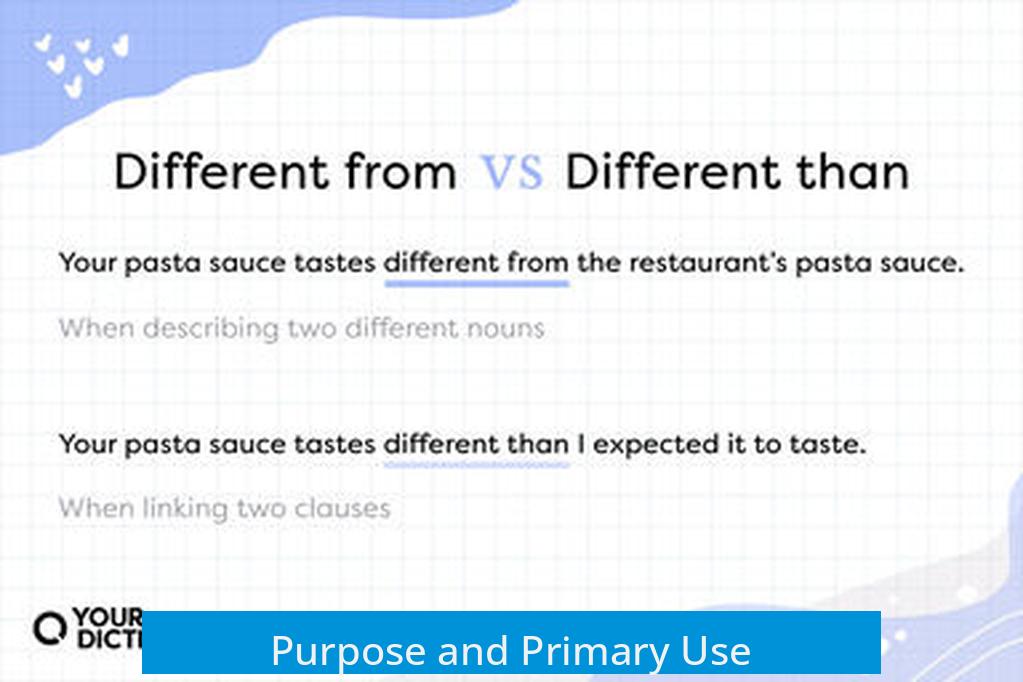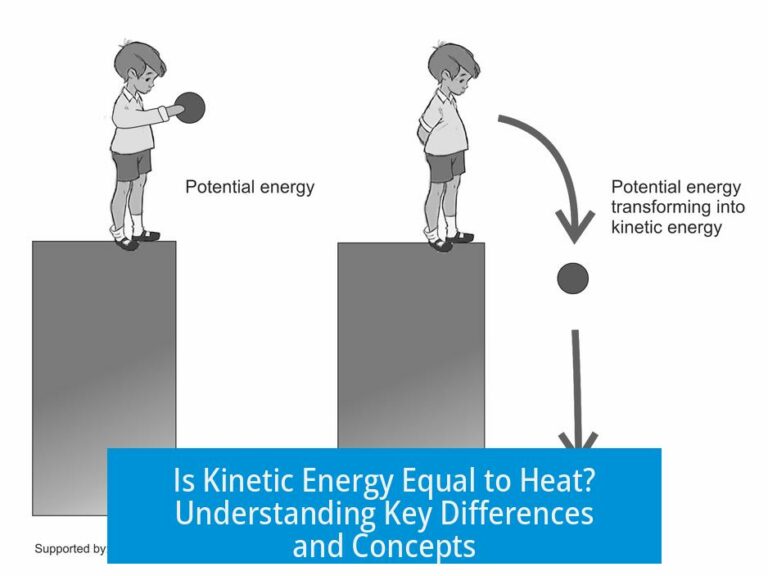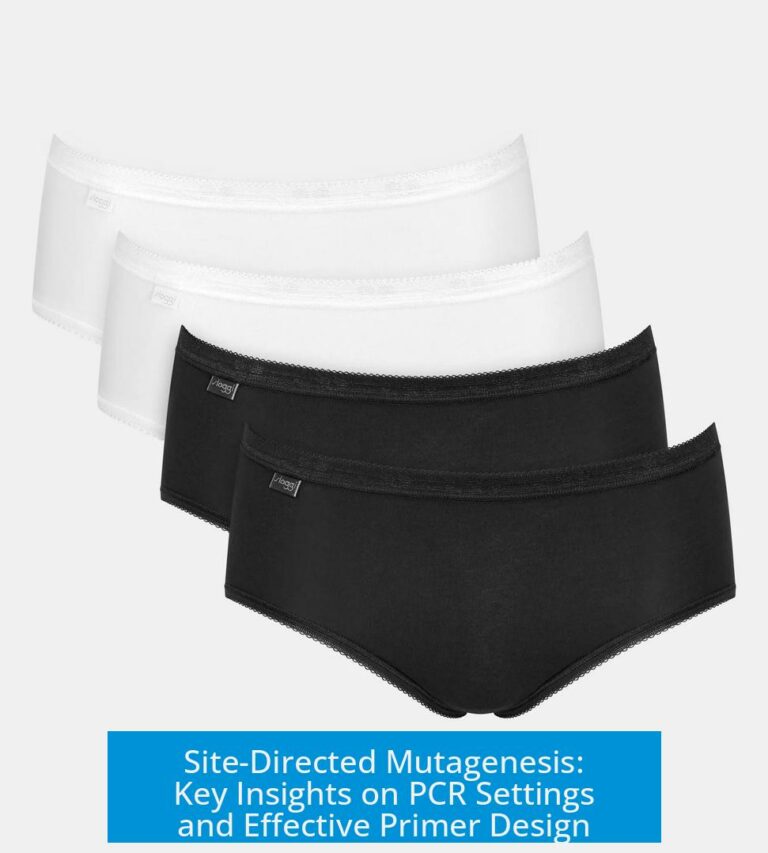What is the Difference Between a Burette and a Pipette?

A burette is designed to deliver a variable volume of liquid precisely controlled and measured during experiments like titrations. In contrast, a pipette is intended to transfer a fixed, specific volume of liquid accurately, often for transferring small amounts in analytical work or sample preparations.
Purpose and Primary Use

Burette: The primary function is to deliver a variable amount of liquid. This is especially useful during titrations, where the exact volume of titrant added determines the end point of a chemical reaction. The operator fills the burette initially to a known mark, then slowly lets liquid flow out, monitoring the volume dispensed until the desired reaction endpoint is reached.
Pipette: Pipettes transfer a fixed, precise volume of liquid. They are commonly used in procedures requiring known, consistent volumes. Examples include serial dilutions or transferring exact aliquots during sample preparation in biological and chemical labs.
Measurement and Accuracy

| Aspect | Burette | Pipette |
|---|---|---|
| Volume Measurement | Measured by reading the difference in liquid levels before and after dispensing liquid. | Fixed volume indicated by one or few graduation marks; volume is measured by filling to a set mark. |
| Volume Range | Typically 10 mL to 100 mL or more, suitable for larger volumes. | Ranges from microliters to a few milliliters, used for small volumes. |
| Accuracy | High precision for variable volumes; crucial for titrations. | High accuracy for fixed volumes, ideal for small-volume transfers. |
Burettes provide high precision when dispensing variable volumes, essential for titrations. Pipettes are designed for fixed volumes with the highest accuracy. Volumetric pipettes especially ensure excellent accuracy for their single set volumes.
Design and Features

- Burette: A long, graduated glass tube typically mounted vertically on a stand. It features a lever stopcock at the bottom to control the flow and allow precise dispensing. The liquid level is read from graduations, often viewed upside down for clarity.
- Pipette: Usually a slender tube made of glass or plastic with a tapered tip. It is handheld and utilizes suction via a rubber bulb or pipette filler to draw liquid up to a graduation mark. The entire liquid is dispensed once transferred.
The burette’s stopcock mechanism provides controlled, variable liquid release. The pipette relies on suction and manual transfer of the exact, pre-measured volume.
Material and Construction
Both burettes and pipettes can be made from glass or plastic. Glass is often preferred for higher chemical resistance and better visibility of markings. Plastic pipettes are common for disposable, low-cost use. Burettes are usually glass due to the precision required and chemical compatibility.
Applications and Usage
Burettes:
- Widely used in titrations to determine unknown concentrations.
- Common in analytical chemistry where precise control over variable volume addition is necessary.
- Ideal for experiments requiring gradual addition of reagent while monitoring reaction progress.
Pipettes:
- Widely used across chemistry, biology, and medical labs for sample preparation.
- Used in molecular biology for DNA/RNA sample handling, PCR, and gel electrophoresis.
- Employed for accurate transfer of blood, urine, or other biological samples in diagnostics.
- Common in analytical chemistry for transferring fixed volumes in titrant preparation or dilutions.
Volume Control and Transfer Techniques
| Instrument | Volume Control | Operation |
|---|---|---|
| Burette | Variable volume controlled by stopcock valve. | Fill to upper graduation, release liquid gradually; stop valve when desired volume dispensed. |
| Pipette | Fixed volume drawn to a preset graduation mark. | Draw liquid using suction to mark, transfer entire volume by dispensation. |
Burettes allow careful, slow addition, perfect for titration endpoints. Pipettes demand drawing a single, precise volume for direct transfer without partial dispensing.
Summary of Differences
- Volume variability: Burettes deliver variable, controlled volumes; pipettes transfer fixed volumes.
- Design: Burettes are tall, graduated tubes with a stopcock; pipettes are slender tubes with a bulb for suction.
- Usage: Burettes suit titrations requiring endpoint determination; pipettes are ideal for accurate volume transfers and sample prep.
- Measurement: Burettes measure volume by difference before and after dispensing; pipettes measure volume by filling to a specific mark.
- Volume Range: Burettes handle larger volumes (10 mL+); pipettes operate mostly below a few milliliters.
- Precision: Burettes provide precise control for variable volumes; pipettes achieve highest accuracy for specific fixed volumes.
Key Takeaways
- Burettes are used for variable, controlled dispensing, mainly in titrations.
- Pipettes transfer fixed, accurate volumes, essential in small-volume laboratory work.
- Burettes are long tubes with a stopcock; pipettes rely on suction and calibrated marks.
- Burettes measure volume by liquid level change; pipettes measure by filling to a fixed line.
- Pipettes operate in microliter to milliliter ranges; burettes range from 10 mL upward.
What is the Difference Between a Burette and a Pipette?
Simply put, a burette is a fancy measuring tool for when you need to pour out just the *right* amount of liquid, bit by bit, while a pipette is your go-to gadget for scooping and transferring a fixed volume of liquid in one swift move. This might seem straightforward but the story behind these two lab staples is actually quite interesting—and knowing the difference can save your experiments from chaos.
Both tools help handle liquids in scientific labs, but they serve unique, specific purposes. Let’s dive into these differences with some clarity, facts, and a dash of humor—you wouldn’t want to mix up your titration with a serial dilution and mess everything up, right?
1. Purpose and Use: One’s a Meter, the Other a Shuttle
Burettes are designed to deliver variable and quantifiable amounts of liquid. Imagine you’re doing a titration—you don’t exactly know how much acid you’ll need to neutralize a base. The burette lets you pour drop by drop while watching the volume tick upward until the reaction is perfectly balanced.
“Burette—designed to deliver a variable amount of liquid that can be quantified. Fill to a set line, turn the stopcock, release liquid bit by bit, then check the graduations to find out how much you added.”
On the flip side, a pipette is the reliable workhorse for transferring a fixed volume. Need exactly 10 milliliters? Pipette it. Doing a serial dilution? Pipette it again. The tool ensures you get the same precise volume each time.
“Pipette—used to transfer a set quantity of liquid. You suck it up to a line, then release all of it. Perfect for serial dilutions or any situation needing precise fixed amounts.”
2. Measurement and Accuracy: Reading the Volume Like a Pro
How do you know how much liquid you’ve transferred? With a burette, it’s all about math and observation. You fill it up to a certain mark, then release the liquid as needed. After stopping, you calculate the volume delivered by checking the difference between starting and ending liquid levels.
“The volume is always read as a difference—initial volume minus final volume. That’s how you stay precise even when pouring variable amounts.”
Pipettes, meanwhile, have a clear fixed volume mark, or in some advanced models, a few graduations for slightly varying amounts. You fill up right to the marked line, then empty it completely. This method provides a high degree of accuracy for a fixed volume transfer.
“Pipettes usually have one measurement line, sometimes more in fancier ones. They’re built for consistent precision rather than flexibility.”
3. Design Characteristics: Stand Up or Grab and Go
If you think your liquid measuring tools are just glass tubes, think again. The burette has its own personality—it’s long and skinny, graduated with many marks, and sports a stopcock valve at the bottom. It typically hangs on a stand. Why? Because you need your hands free to control the flow precisely during titrations and watch the liquid level from slightly below, sometimes reading it “upside down.”
“A burette needs a stand and reads upside down. The lever stopcock lets you fine-tune liquid flow. It’s practically a tiny faucet for your lab bench.”
A pipette is more of a handheld buddy. Think of it as a slender tube with a rubber bulb on top—it looks like a mini turkey baster or an eye dropper. You squeeze the bulb, draw liquid into the tube up to the marked line, and then release the liquid where needed.
“Pipettes have a rubber bit like a turkey baster or eye dropper. You manually suck up the liquid and dispense it in one motion.”
4. Volume Ranges: How Much Can They Hold?
Volume matters a lot when choosing the right tool. Burettes handle larger quantities, typically between 10 mL and 100 mL or more. This makes them ideal for titrations or experiments where slowly pouring a controlled amount is necessary.
Pipettes specialize in smaller volumes, ranging from a few microliters to several milliliters. This makes them perfect for precise transfers like in biology labs or medical diagnostics requiring tiny, exact doses.
5. Precision and Accuracy: When Every Drop Counts
Pipettes typically shine when exact volumes of small liquids are critical. Their design focuses on repeatability and accuracy. So a lab technician can transfer 5 mL of a reagent multiple times with near-perfect precision for sensitive reactions or assays.
Burettes, while still precise, offer control over variable volumes and better flow regulation via the stopcock. This control is crucial during titrations where the endpoint signals when to stop adding liquid—not before or after.
Both instruments play to their strengths: pipettes for fixed, accurate transfers; burettes for flexible, controlled deliveries.
6. Materials and Durability
Traditionally, burettes are made of glass—to ensure chemical resistance and durable graduations. Pipettes come in both glass and plastic variants, with plastic pipettes often used for disposability or when cross-contamination is a concern.
Some plastic pipettes are simple transfer tools, less precise but useful for quick liquid moves in less stringent tasks, while glass pipettes are preferred in high-accuracy lab work.
The Practical Takeaway: Which to Choose?
Choosing between a burette and a pipette depends squarely on your task:
- Use a burette if you need to precisely control how much liquid flows out, especially for titrations where volume is unknown and variable.
- Go for a pipette when you require high accuracy but a fixed volume, such as making serial dilutions or transferring aliquots in biology and medical labs.
Imagine you’re conducting a titration. You want to know exactly how many milliliters of acid it takes to neutralize your base. You pull out the burette, mount it on the stand, and slowly release acid, watching the reaction and volume until completion. The burette’s graduated tube and stopcock make this slow, careful dance possible.
Conversely, if you need exactly 10 mL of a buffer solution for a PCR reaction, you grab a pipette with the right volume, suck up the liquid, and transfer it swiftly and accurately—no guessing, no fuss.
Summary Table: A Handy Reference
| Feature | Burette | Pipette |
|---|---|---|
| Purpose | Deliver variable, quantifiable liquid volumes | Transfer fixed volume liquid |
| Typical Use Cases | Titrations, unknown volume determinations | Serial dilutions, precise fixed volume transfers |
| Measurement | Volume difference between initial and final levels | Fixed volume indicated by a marked line |
| Flow Control | Stopcock lever controls flow rate | Manual suction and dispensation |
| Design | Mounted on stand, reads upside down | Handheld, rubber bulb for suction |
| Accuracy | High precision for variable volumes | High accuracy for fixed volumes |
| Material | Usually glass | Glass or plastic |
| Volume Range | 10 mL to 100 mL+ | Microliters to milliliters |
Final Thoughts: Why Knowing the Difference Matters
Mixing up a burette and pipette in the lab can be as disastrous as confusing teaspoons with tablespoons in cooking—your recipe or reaction won’t come out right, no matter how great your other skills are. Precision is key in scientific work; the right tool ensures your measurements don’t only look good on paper but actually translate into correct reactions.
So next time you’re prepping for titrations or precise volume transfers, remember: variable flow? Burette. Fixed volume, laser accuracy? Pipette. Understanding this difference is like having the secret handshake to lab success. Now, who said science can’t be fun AND precise?
What is the main functional difference between a burette and a pipette?
A burette delivers a variable amount of liquid, controlled by a stopcock, while a pipette transfers a fixed volume of liquid measured by a single mark.
How do burettes and pipettes differ in liquid volume measurement?
Burettes measure volume by the difference in liquid level before and after use. Pipettes are calibrated to deliver a precise, fixed volume marked on the instrument.
Why is a burette typically mounted on a stand, unlike pipettes?
A burette is long and has a stopcock for precise control, so it needs to be steady and vertical to measure volume accurately. Pipettes are handheld and use suction to draw liquid.
Which instrument is more accurate for small liquid volumes, and why?
Pipettes are more accurate for small volumes since they deliver a fixed, precise amount. Burettes are better for variable volumes and titrations needing controlled flow.
What design features allow a burette to control the flow of liquid?
Burettes have a lever or stopcock at the bottom that allows gradual and exact liquid release, essential during titrations to measure reactant volumes.
In what laboratory situations would you choose a pipette over a burette?
Pipettes are chosen when transferring precise fixed amounts, such as in serial dilutions or preparing standard solutions requiring high accuracy.





Leave a Comment